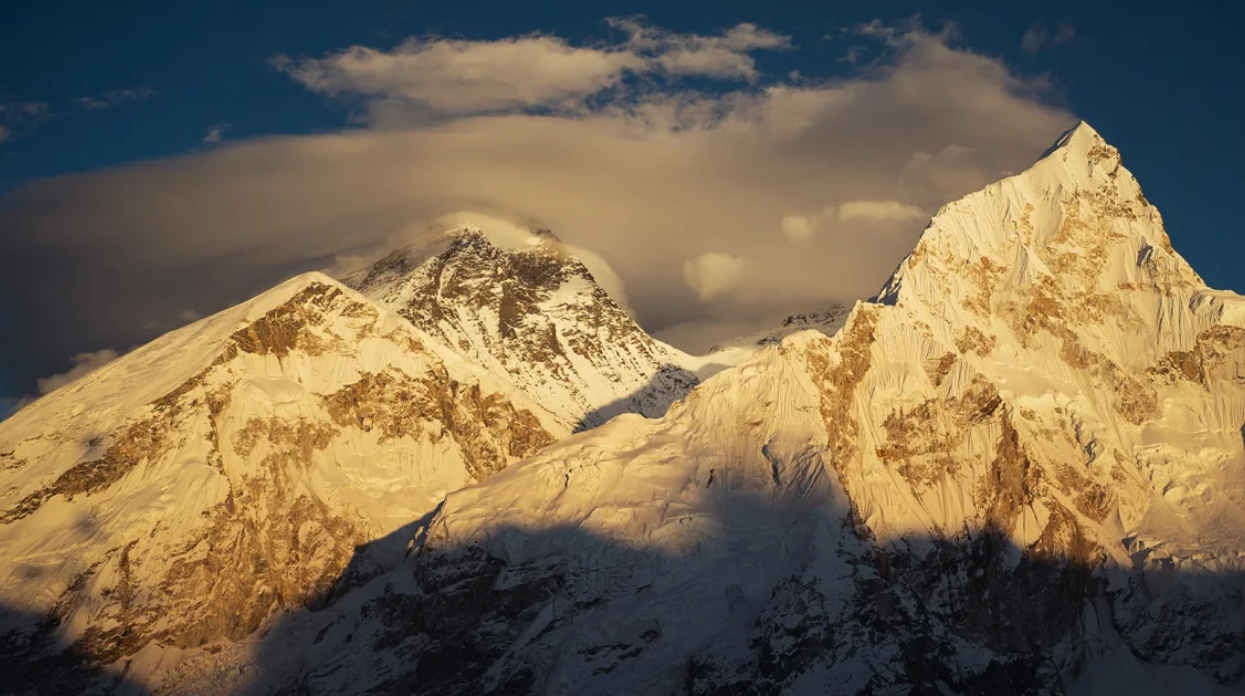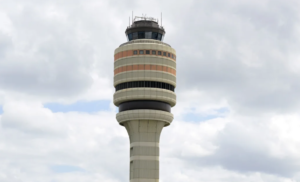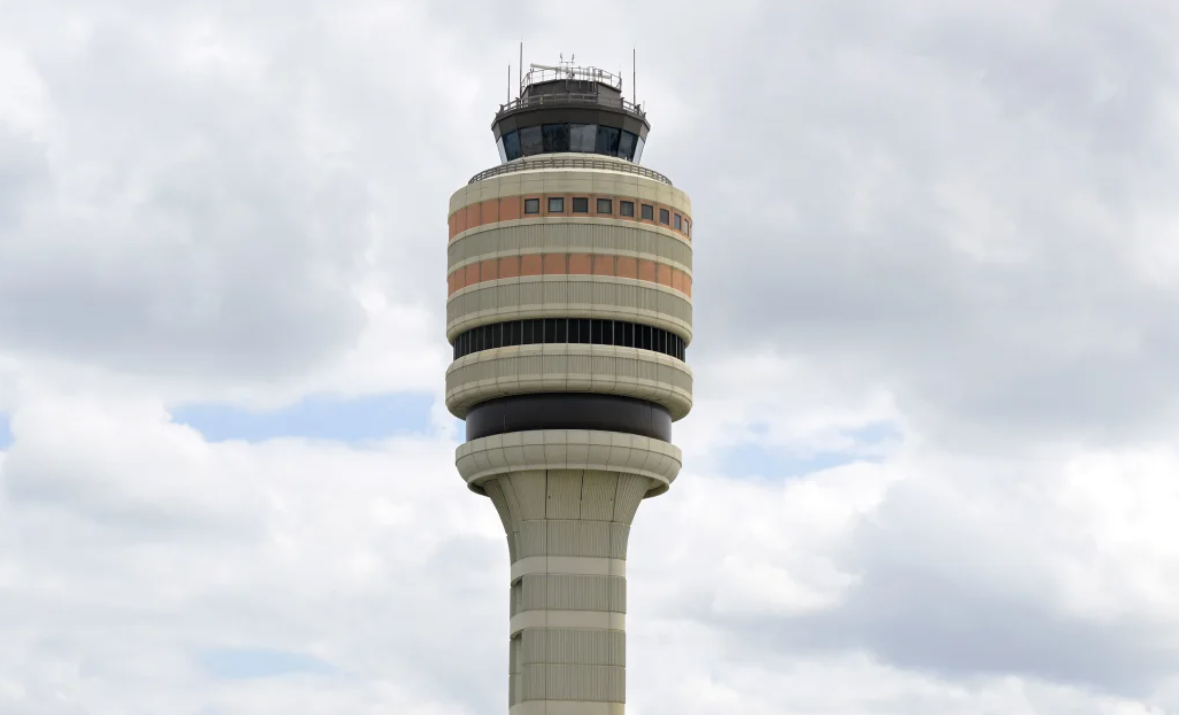Nepal is set to raise the permit fees for climbing Mount Everest by over 35%, marking the first hike in nearly ten years. Starting in September, climbers will need to pay $15,000 for a permit to ascend the world’s tallest peak, which stands at 8,849 meters (29,032 feet). This is a 36% increase from the previous fee of $11,000 that had been unchanged for nearly a decade.
Narayan Prasad Regmi, the Director General of Nepal’s Department of Tourism, explained that the royalty fees had not been updated in a long time, prompting the new increase. The new fees will apply to the popular April-May climbing season along the traditional South East Ridge route, the same path taken by Sir Edmund Hillary and Tenzing Norgay in 1953.
Climbing permits for the less popular seasons, from September to November and December to February, will also see a 36% increase. These permits will now cost $7,500 and $3,750 respectively.
Despite the hike, some expedition organizers believe it will not deter climbers, as around 300 permits are issued annually for Everest. Permit fees and spending by foreign climbers are an important source of income and employment for Nepal, which is home to eight of the world’s 14 highest mountains.
Lukas Furtenbach, an expedition organizer from Austria-based Furtenbach Adventures, said the hike in permit fees was expected and described it as an “understandable step” by the Nepalese government. He expressed hope that the additional revenue would be used to improve safety and protect the environment on Mount Everest. However, Narayan Prasad Regmi, Director General of Nepal’s Department of Tourism, did not specify how the extra funds would be allocated.
Each year, hundreds of climbers attempt to summit Mount Everest and other Himalayan peaks. Despite this, Nepal has faced criticism from mountaineering experts for allowing a large number of climbers and doing insufficient work to keep the mountain clean or ensure the safety of those attempting to summit.
Regmi mentioned that regular cleaning campaigns were organized to collect garbage and that safety measures, such as rope fixing, were also carried out. However, climbers who return from Everest have noted that the mountain is becoming drier and rockier, with less snow or precipitation. Experts suggest that this could be the result of global warming or other environmental changes.















